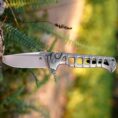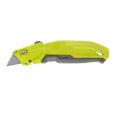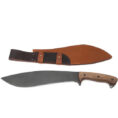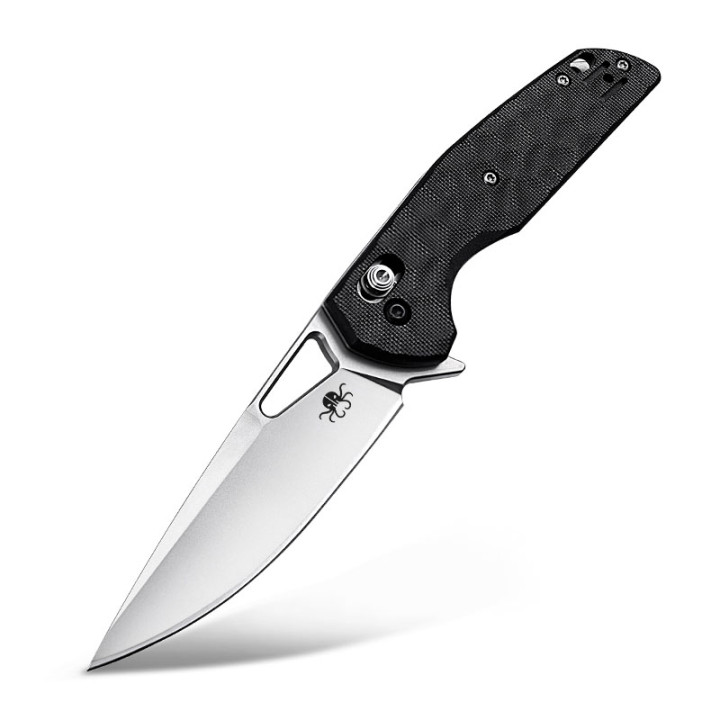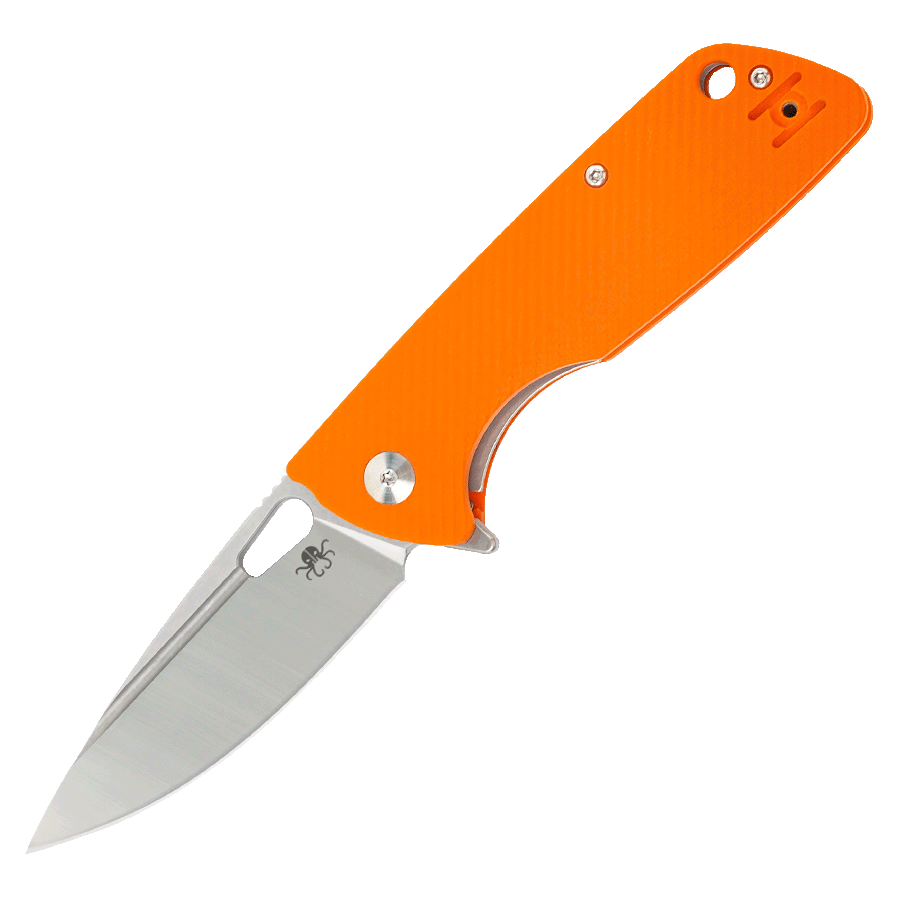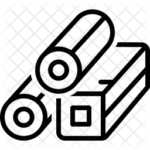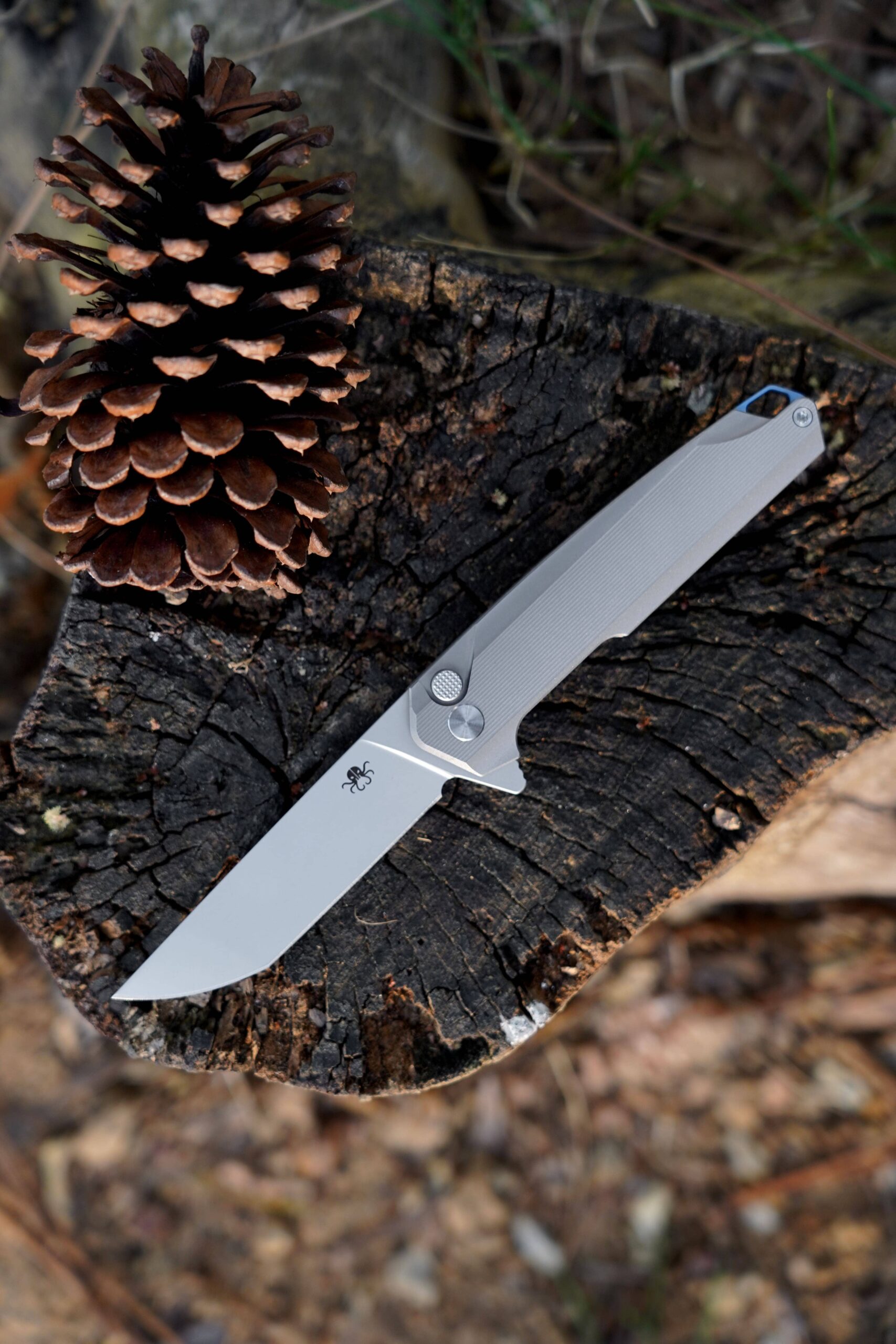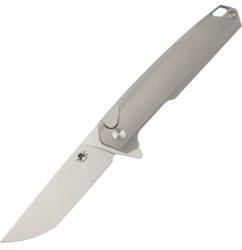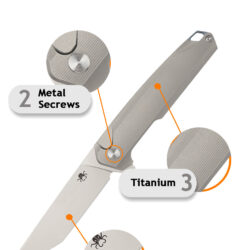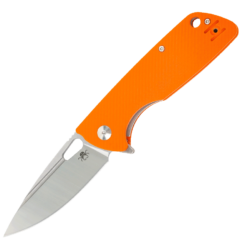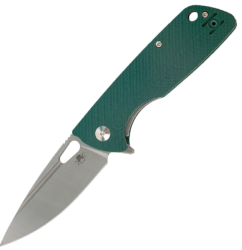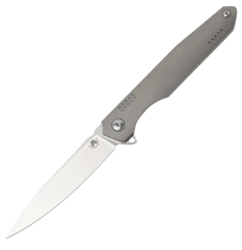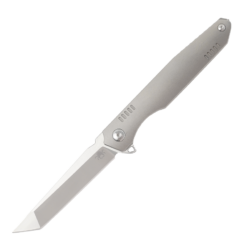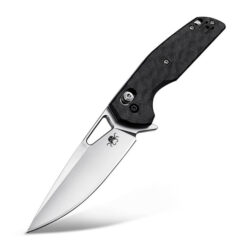Common Mistakes: What NOT to Do When Maintaining Your Blade

Introduction: The Importance of Proper Blade Maintenance
Your knife is an essential tool in your kitchen, outdoors, or tool shed, and keeping it in good condition is crucial for its performance and longevity. Proper maintenance can make the difference between a knife that stays sharp, rust-free, and reliable, and one that deteriorates prematurely, becoming dull, corroded, or even unsafe to use.
Unfortunately, many people unknowingly make mistakes when caring for their knives, which can lead to significant damage over time. From incorrect sharpening methods to improper storage, these mistakes can shorten your knife’s lifespan and compromise its effectiveness. This article will walk you through the most common errors people make when maintaining their knives and offer tips on what to avoid in order to ensure your blades stay sharp, clean, and corrosion-free.
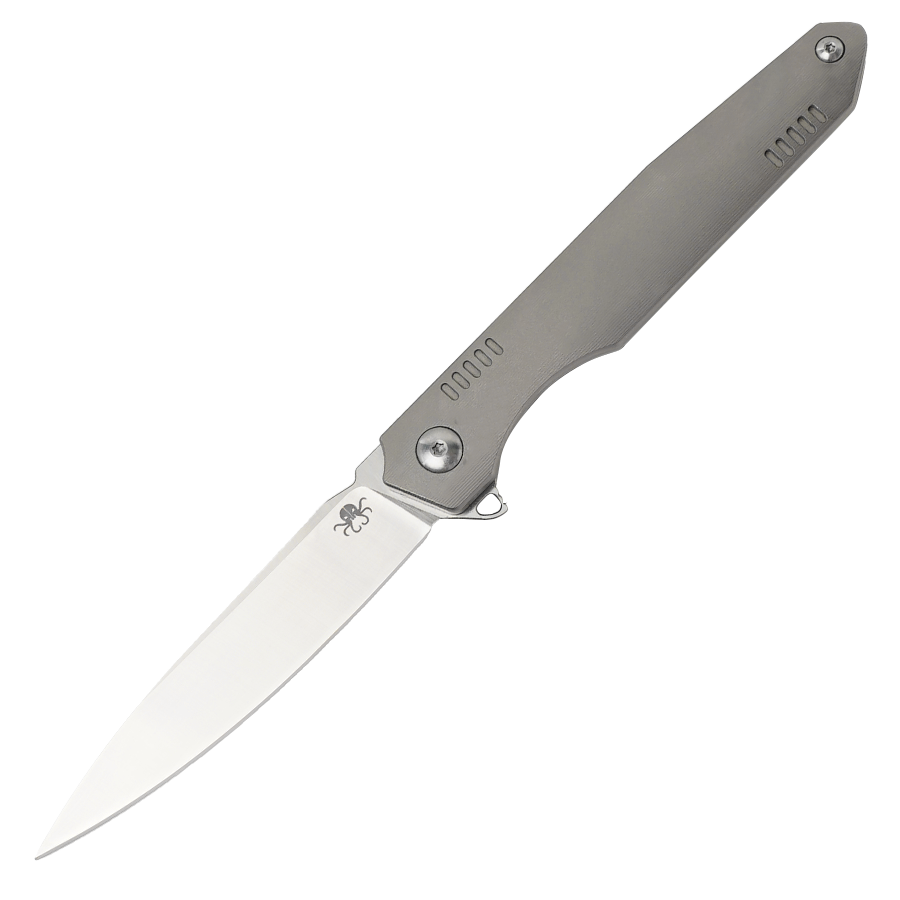
Chapter 1: Sharpening Mistakes
1.1 Using the Wrong Sharpening Tools One of the most common mistakes when maintaining a blade is using the wrong sharpening tools. It’s essential to match the sharpening method with the type of knife you have. Using a coarse stone on a delicate blade or vice versa can ruin the edge or the steel. We’ll discuss:
- Using the wrong grit: How choosing too coarse or too fine a sharpening stone can impact your blade.
- Not understanding the right angle: Incorrect sharpening angles can lead to a dull or even damaged blade.
- Cheap or ineffective sharpeners: Using low-quality sharpeners or cheap, electric systems that don’t properly align the edge.
1.2 Over-sharpening Sharpening is necessary for maintaining a sharp edge, but over-sharpening can be detrimental to the blade’s overall lifespan. We’ll explain why:
- How over-sharpening wears down the steel: Why grinding away too much material can lead to thinner, weaker blades.
- The risk of altering the blade geometry: How over-sharpening can change the angle of your knife, making it less efficient.
1.3 Not Using Consistent Strokes One of the biggest mistakes when sharpening is inconsistency in stroke technique, which can lead to uneven sharpening. We’ll cover:
- Why even strokes matter: The impact of varying pressure or uneven movements on the sharpening process.
- Using too much force: Why pressing too hard on the stone or sharpener can damage the edge.
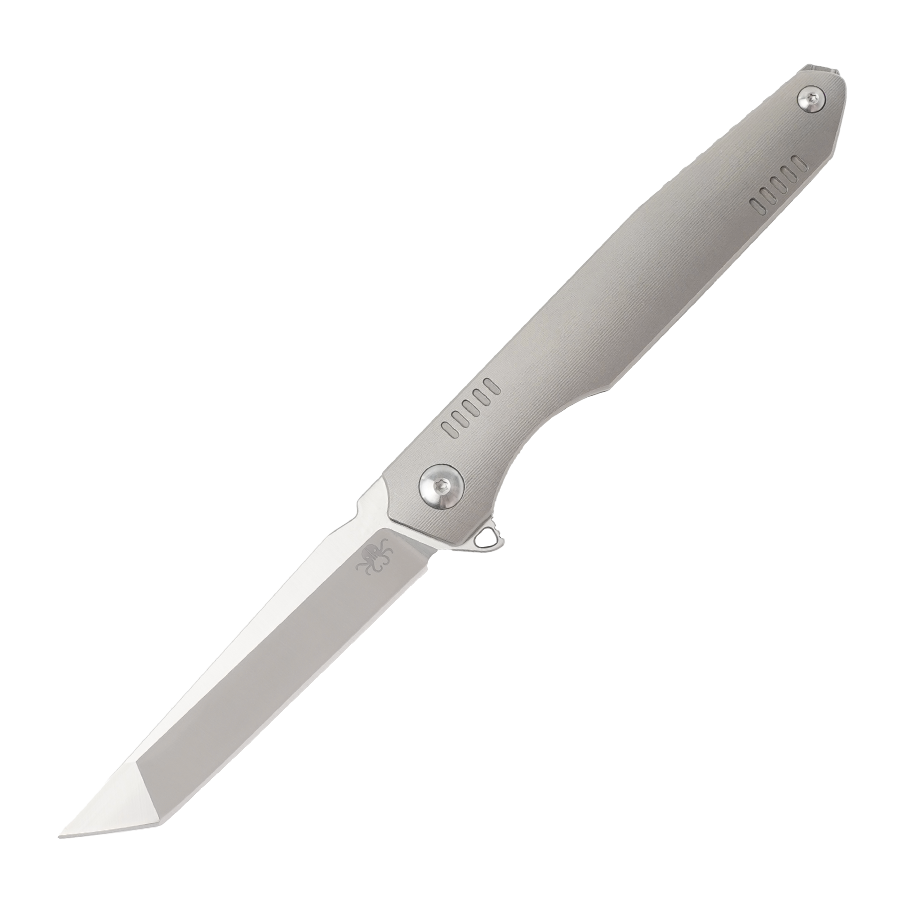
Chapter 2: Cleaning Mistakes
2.1 Not Cleaning Immediately After Use Cleaning your knife promptly after use is one of the most important steps in maintaining it. We’ll explore the dangers of neglecting cleaning:
- Rust formation: How food residue, moisture, and oils can lead to rust and corrosion if left on the blade.
- Acidic food residues: Why leaving food acids (like tomatoes or citrus) on your blade can damage the steel.
- Bacterial growth: How neglecting to clean your knife can lead to harmful bacteria buildup.
2.2 Using the Wrong Cleaning Methods Using the wrong tools or techniques to clean your blade can lead to scratches, dullness, or rust. Here, we’ll discuss:
- Dishwashers: Why dishwashing a knife is a mistake, despite its convenience.
- Harsh chemicals: The dangers of using abrasive or harsh cleaning agents on your blade.
- Using the wrong cloth: How abrasive cloths or sponges can scratch or dull your knife.
2.3 Drying Your Knife Improperly After cleaning, drying your knife correctly is crucial to prevent rust. We’ll discuss:
- Air drying: Why simply leaving your knife to air dry can allow moisture to sit on the blade, leading to corrosion.
- Using a damp cloth: The importance of thoroughly drying your knife with a soft, dry cloth.

Chapter 3: Storage Mistakes
3.1 Storing Knives Improperly Where and how you store your knives can make a big difference in how long they last. Common mistakes include:
- Storing in a drawer: The risks of storing knives loosely in a drawer, where they can get damaged or cause injury.
- Using cheap knife blocks: Why some knife blocks can harbor moisture and bacteria, leading to rust.
- Not using protective sheaths: The value of blade covers or protective sheaths to avoid nicks and dullness when storing knives.
3.2 Exposing Knives to Excessive Moisture Moisture is one of the biggest enemies of a knife. Improper storage in humid areas or prolonged exposure to water can cause significant damage:
- Storing knives in damp environments: Why knife storage in a damp kitchen or bathroom can lead to rust and corrosion.
- Hanging in high-humidity areas: The risks of storing knives on magnetic strips in areas with excessive moisture.
3.3 Neglecting to Use a Knife Block or Magnetic Strip Using improper storage methods, like simply leaving knives on the countertop or loose in a drawer, increases the likelihood of damage. We’ll explore the benefits of:
- Knife blocks: Why a high-quality knife block can protect your blades from unnecessary wear and tear.
- Magnetic strips: The right way to use magnetic strips without damaging the blade.

Chapter 4: Handling Mistakes
4.1 Using the Knife for the Wrong Tasks A key mistake people make is using their knives for tasks outside of their intended purpose. We’ll cover:
- Using a kitchen knife as a pry bar: Why using your knife for non-cutting tasks can damage the blade.
- Cutting hard surfaces: How cutting hard materials, like bone or frozen foods, can lead to chips or breaks in the blade.
- Improper cutting technique: The risks of using incorrect angles or forcing the blade through tough materials.
4.2 Improper Grip How holding your knife incorrectly can affect its performance and damage the blade:
- Gripping the knife incorrectly: Why an improper grip can cause fatigue and lead to accidents.
- Over-relying on the tip of the blade: The risks of applying too much pressure at the tip of the blade instead of using the entire edge.
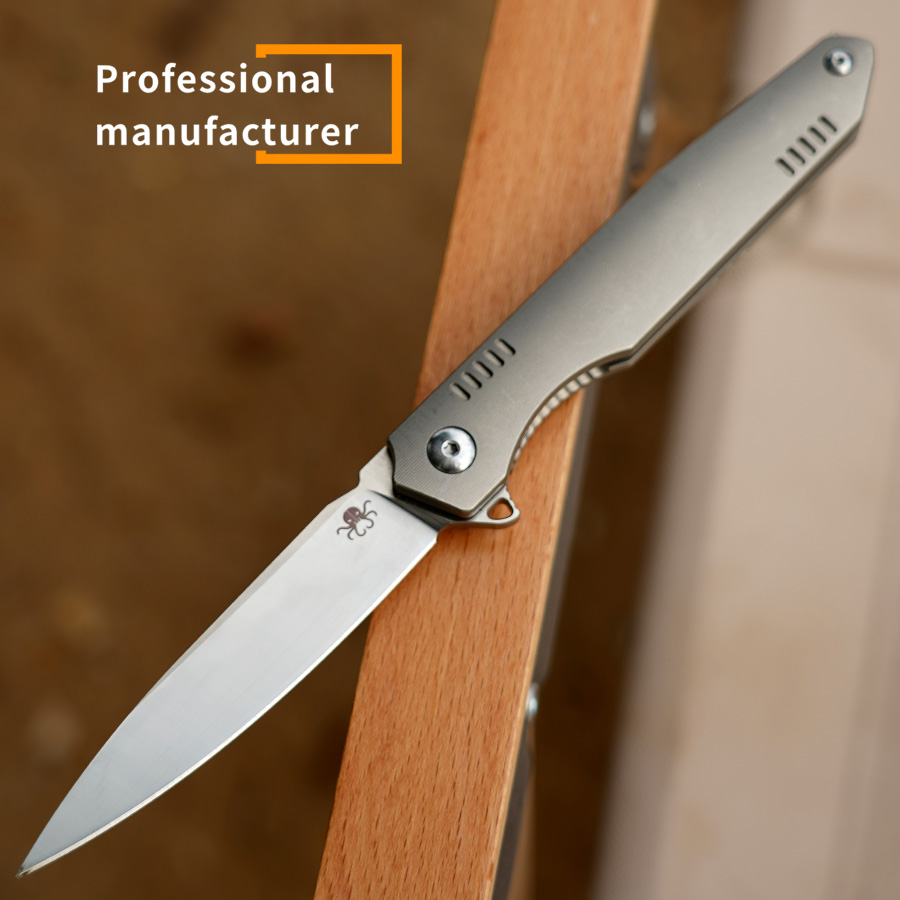
Chapter 5: Maintenance and Care Mistakes
5.1 Skipping Regular Maintenance Neglecting regular maintenance, such as oiling or honing, can cause blades to deteriorate more quickly. We’ll discuss:
- Why skipping oiling leads to rust: How a lack of oil or lubrication can expose your knife to rust and moisture.
- Neglecting honing: The importance of honing your knife regularly to maintain its sharpness and prevent damage.
5.2 Forgetting About Handle Care The handle is just as important as the blade. We’ll explore why you should never neglect handle maintenance:
- Using harsh cleaning agents on the handle: The impact of using inappropriate cleaners on wooden or plastic handles.
- Storing in extreme conditions: How storing knives in areas of extreme heat or cold can warp or crack the handle.
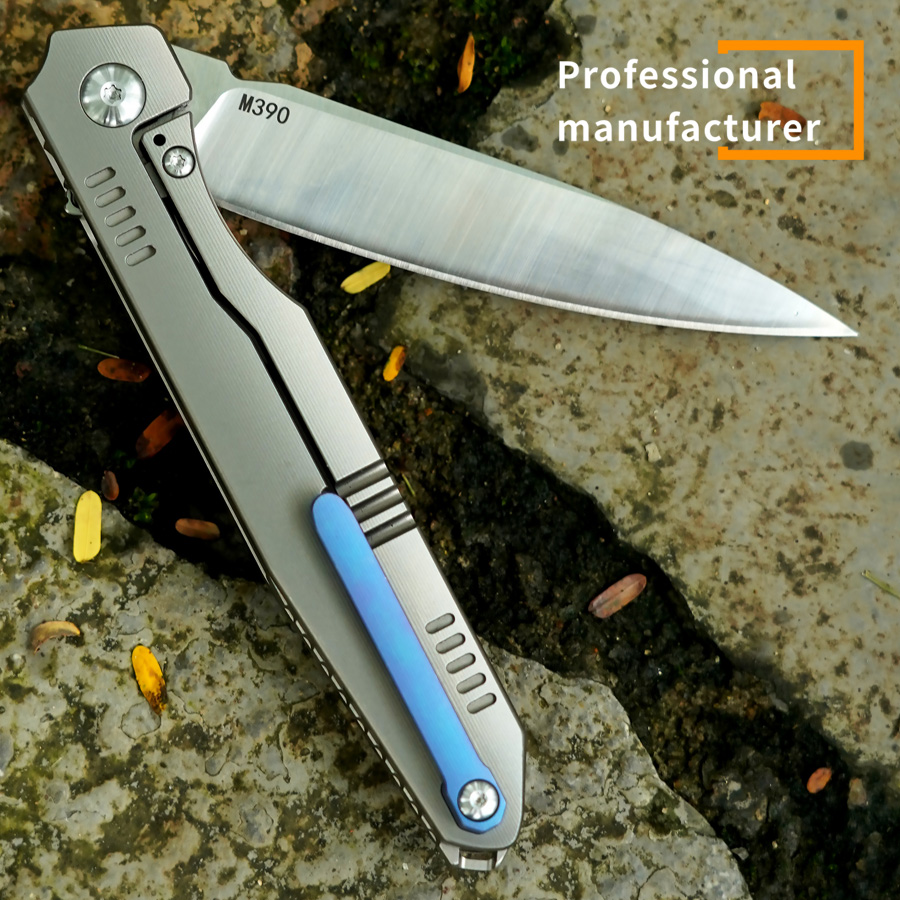
Chapter 6: Not Knowing When to Retire Your Knife
6.1 Using Damaged Knives One of the most significant mistakes is continuing to use a damaged knife, even when it’s no longer safe or effective. This section will cover:
- Sharpness issues: When a knife is too dull to be useful and how to recognize it.
- Structural damage: How to identify cracks, chips, or bent blades and why they mean your knife needs replacement.
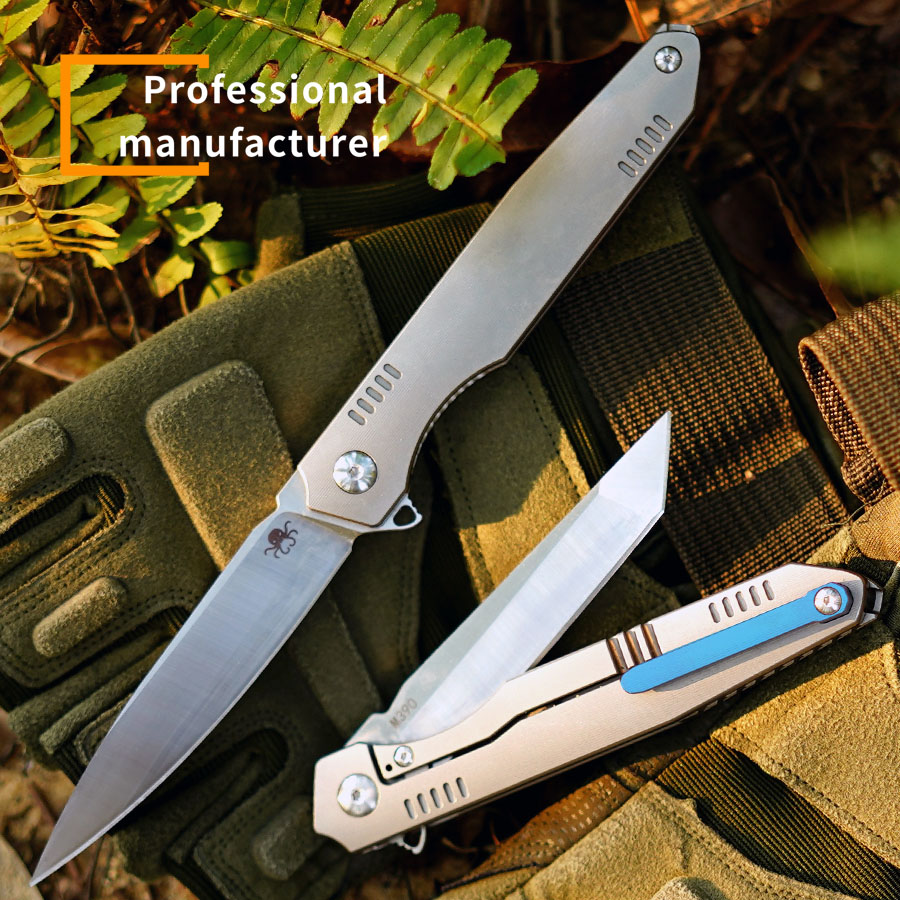
Conclusion: Proper Blade Maintenance Equals Longevity
By avoiding these common mistakes, you can extend the lifespan of your knife and ensure that it performs at its best. Proper care, cleaning, sharpening, storage, and handling all contribute to keeping your blade sharp, rust-free, and in peak condition. Following the right maintenance practices is the key to making sure your investment in a quality knife lasts for years to come.

